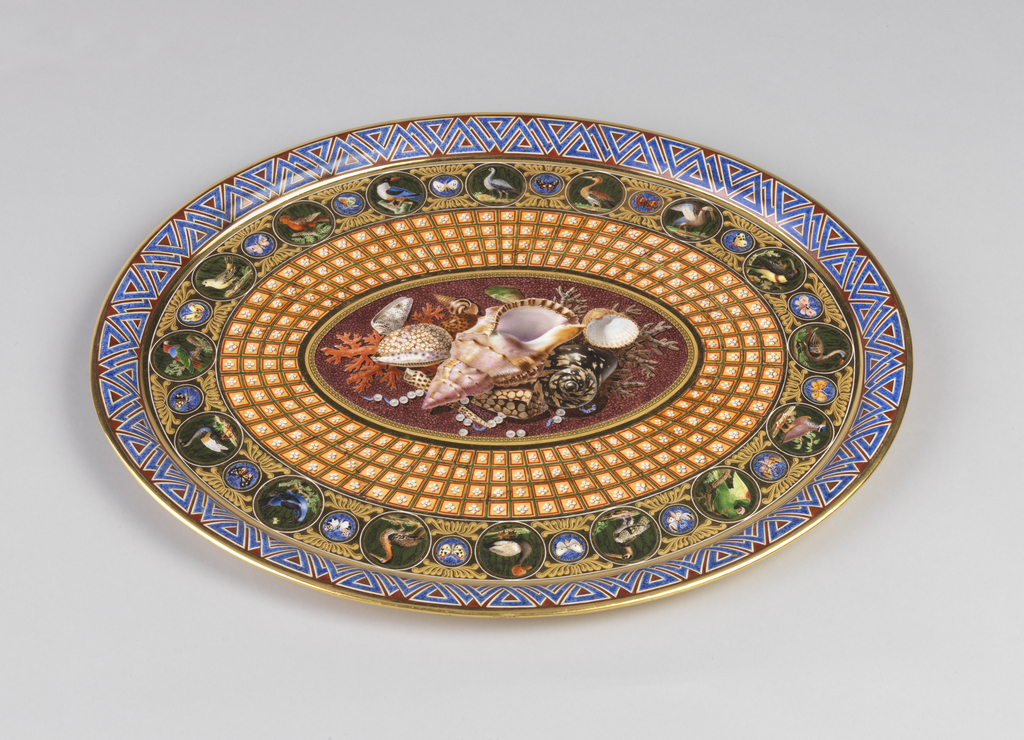An early September drive into New Hampshire took me out of my routine, away from my desk, and encouraged me to slow down and catch the transition from summer to autumn, something I’ve missed in recent years. The warm and intense autumn colors of New England foliage were a special treat, and come to mind as I study,...
This oval tray represents the unique collaborative effort between Alexandre Brongniart, the director of Sèvres appointed in 1800, and his father, the designer Alexandre-Théodore Brongniart. The younger Brongniart’s passion for the natural world is reflected by the scientific precision of the biological species represented in finely painted enamel. Small roundels of exotic birds and butterflies...
It is easy to miss the highlights when you don’t know where to look. At Design Miami/ 2012, there were many, and the guided tours I led sought to help visitors navigate the fair by taking a deep dive into the content, illuminating themes and historical continuity in the contemporary work. What follow are five...
Over the last couple of months on the Cooper-Hewitt Design Blog, students from an interdisciplinary graduate-level course on the Triennial taught by the Triennial curatorial team have been blogging their impressions and inspirations of the current exhibition,‘Why Design Now?’ This post by MFA Student William Myers marks the last in this series of articles. A...
Delicate cloud lighting forms float over, and mirror, island seat forms below, like the puffy white clouds that sit over the many islands scattered across the Pacific Ocean. Aotearoa, the Maori name for New Zealand, means the “land of long white cloud.” It is not primarily to do with recyclable materials, efficient material use. To...
Personally, I am partial to Richard Meier’s approach to architecture. According to Meier, a building is an act of “willful artificiality;” a “man-made” spatial construct that functions as a receptacle for experiencing the world of nature. Meier’s white walls act as nature’s film screen capturing ever-changing patterns of reflected color and light. While Meier credits...
Fernando and Humberto Campana grew up in Brotas, Brasil, 235 kilometers (146 miles) north of São Paulo. When the Campanas were growing up it was a small town that was renowned for its exuberant natural features and good soil for growing coffee. “Brotas is home, it is where everything began. We had very little to...
Watch this video in high quality “I think the curatorial process is how to tell a history about something in a different way with a different point of view, with a different light on it.” —Fernando Campana “I would go a little bit further. For me what attracts me to make these curatorial choices was...
Fernando and Humberto explain their TransPlastic series as a fictional story wherein, in a world made of plastic, synthetic matter eventually becomes fertile ground for transgenic creations in which nature grows from and eventually overpowers plastic. The Trans… chair, the final piece in the Campanas’ TransPlastic collection, was designed especially for Cooper-Hewitt and is featured...






